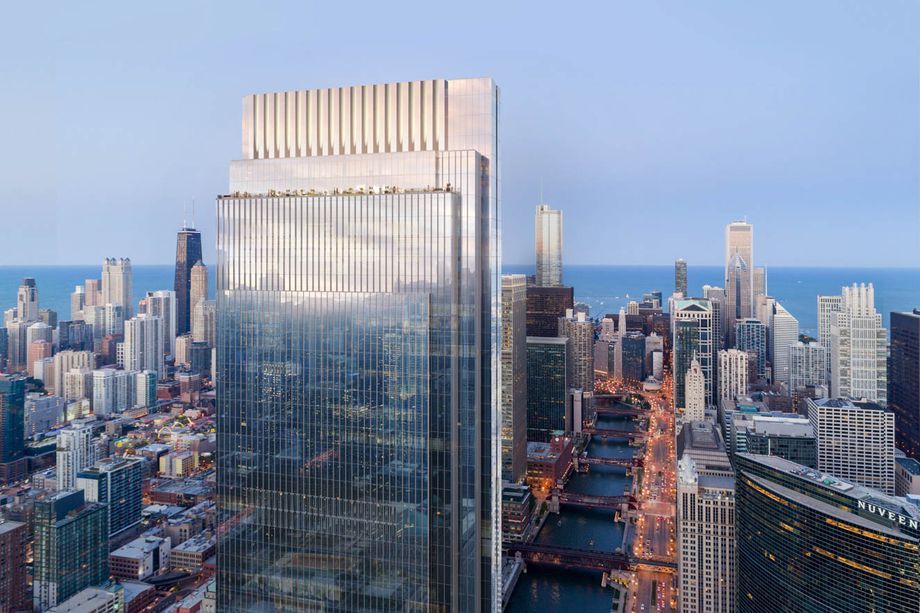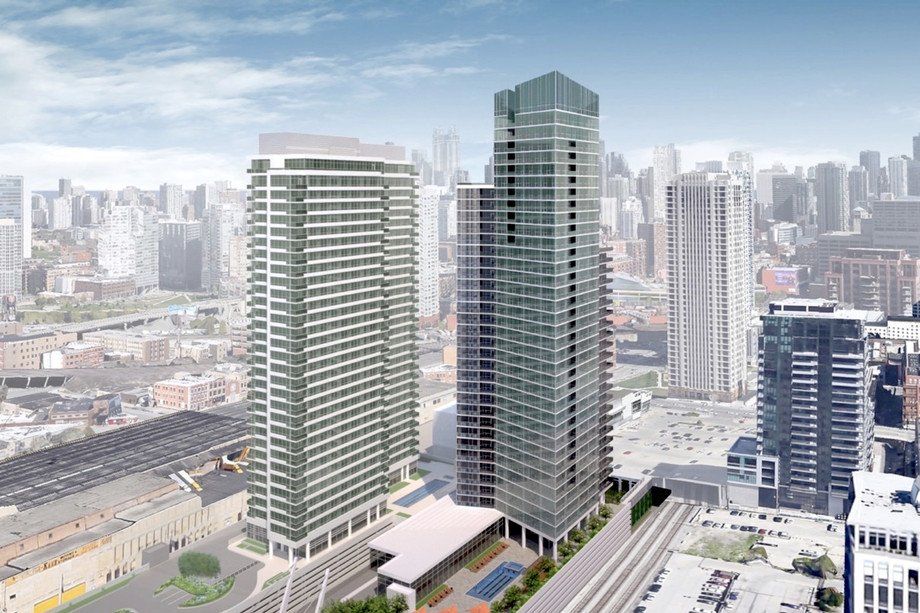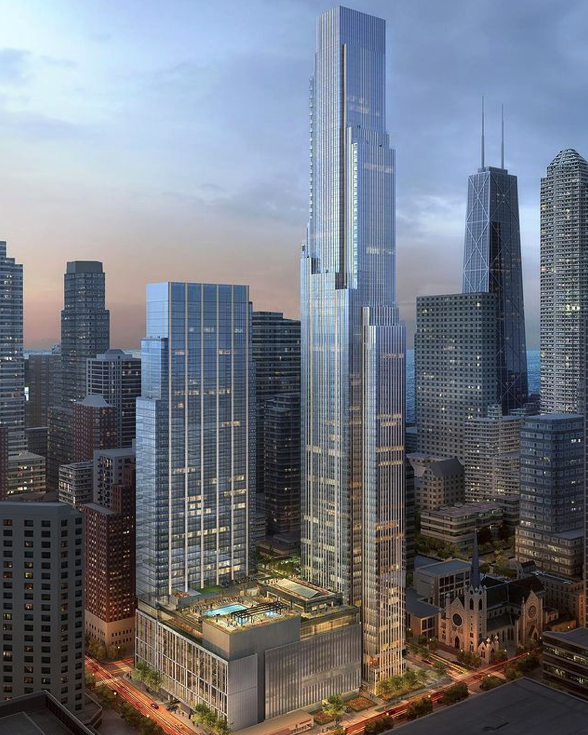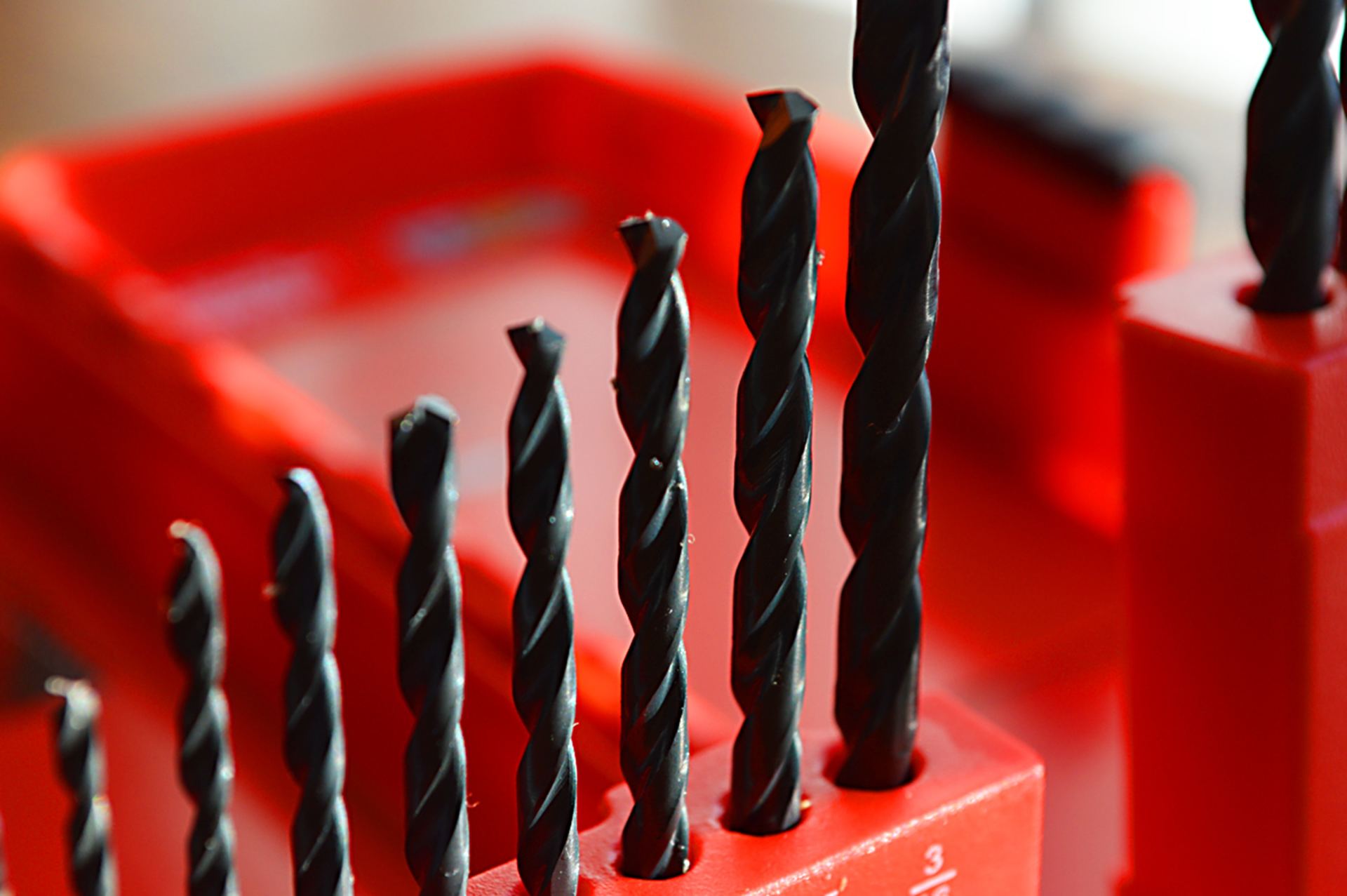Blog
What's New at MSC
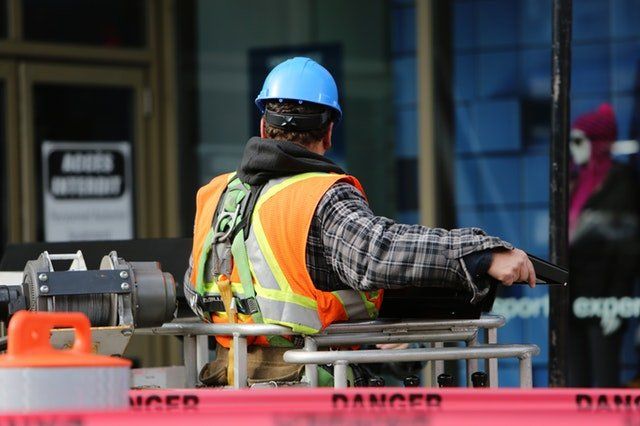
By Website Editor
•
08 Apr, 2019
According to the Occupational Safety and Health Administration (OSHA), one in five worker deaths in 2016 were in construction. The leading causes of private sector worker deaths (excluding highway collisions) in the construction industry were falls, followed by struck by object, electrocution, and caught-in/between. These "Fatal Four" were responsible for more than half of the construction worker deaths in 2016. To ensure your construction site stays safe and doesn’t end up a statistic, here are 13 items you may want to consider keeping nearby. 1. Security fencing around the site can keep the public out and allow controlled access for workers and visitors. Temporary chain-link fences work well, and there are companies that will install and remove them according to your job schedule. I would always have them install swinging gates where we were bringing the underground utilities into the site. This would eliminate the need to cut the fence. 2. Safety signage can make a big statement from the outside looking in. I would always use signs that read, "Safety Starts Here!" and "All Visitors Must Check In." You can also include "This Is a Controlled Access Area" and list required equipment, such as hard hats, safety vests, and safety glasses, as well as "OSHA Regulations Enforced." 3. Job information board should be posted at all job sites. On the board, include 911, local police and fire department phone numbers, and a map with directions to the nearest hospital. 4. First-aid kits are mandatory and should never be locked in the gang box when work is in progress. There are many types of first-aid kits you can choose from—some contain as many as 100 items. Make sure you have a proper first-aid kit for the work being done. 5. Personal protective equipment (PPE) is important to have and wear properly. Having extras in the job trailer or gang box is always a good idea. This can include safety glasses, ear protection, dust masks, hard hats, gloves, and safety vests. 6. Safety data sheets (SDS) or product safety data sheets are widely used for cataloging information on chemicals, chemical compounds, and mixtures. This information should be available for reference in case someone comes in contact with a particular product or material. Mobile apps can be used to access safety data sheets. 7. Eyewash bottles or an eyewash station are needed for quick flushing of eyes if debris or substances enter the eyes. Portable units typically have saline solution, while plumbed stations can use potable water of specified temperatures and flow rates. 8. Fire extinguishers are your first line of defense to keep a small fire from escalating. Having the proper type of extinguishers is critical, as some produce a powerful spray of water and others use foam or powder to put out fires. Know the correct type of extinguishers to use on your job. 9. Caution tape should be kept in the gang box, so you can quickly rope off areas to keep people out. There is a time to use caution tape and a time to use secured barricades—know the difference. 10. Fall protection systems have come a long way in the last few years and include both permanent and mobile solutions. Employees should have proper fall protection equipment in good condition, as well as training to use it. 11. Ground-fault circuit interrupters (GFCI) can protect employees from electrical shock when a circuit experiences a difference in the current on the hot and neutral wire, such as when there's contact with water. It is good to know the proper amperage for the GFCI needed based on the equipment in use. 12. Proper selection of lifts and ladders is important, as is training employees to use them. With falls the number one cause of death in construction, it is good to plan ahead and know when to use a lift versus a ladder. 13. Lockout/tagout locks and labels should be readily available for use when you need to power down, lock, and label equipment that is being worked on. This improves visibility of disabled equipment and prevents unauthorized use and unexpected equipment startups. Each construction project will require different safety items for the task at hand and a competent safety person can help identify those items. We must always remember that safety is everyone’s responsibility. By: Acuity
MSC: Products are what we sell.Service is what we do.
Come visit our showroom today!Open: Monday - Friday 6am -4pm
Location
2447 W. Belmont AvenueChicago, IL 60618
Email
Call / Fax
773-935-9440F:
773-935-3043
© 2024
All Rights Reserved | MSC
